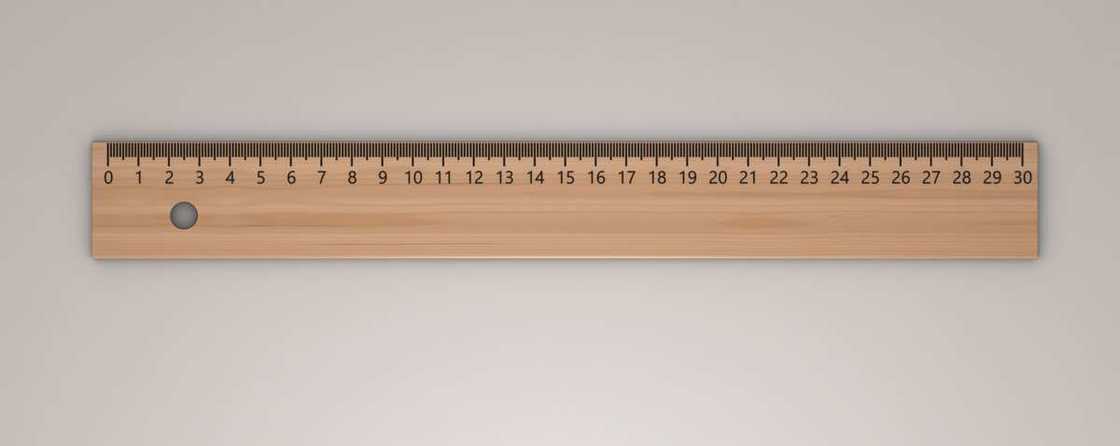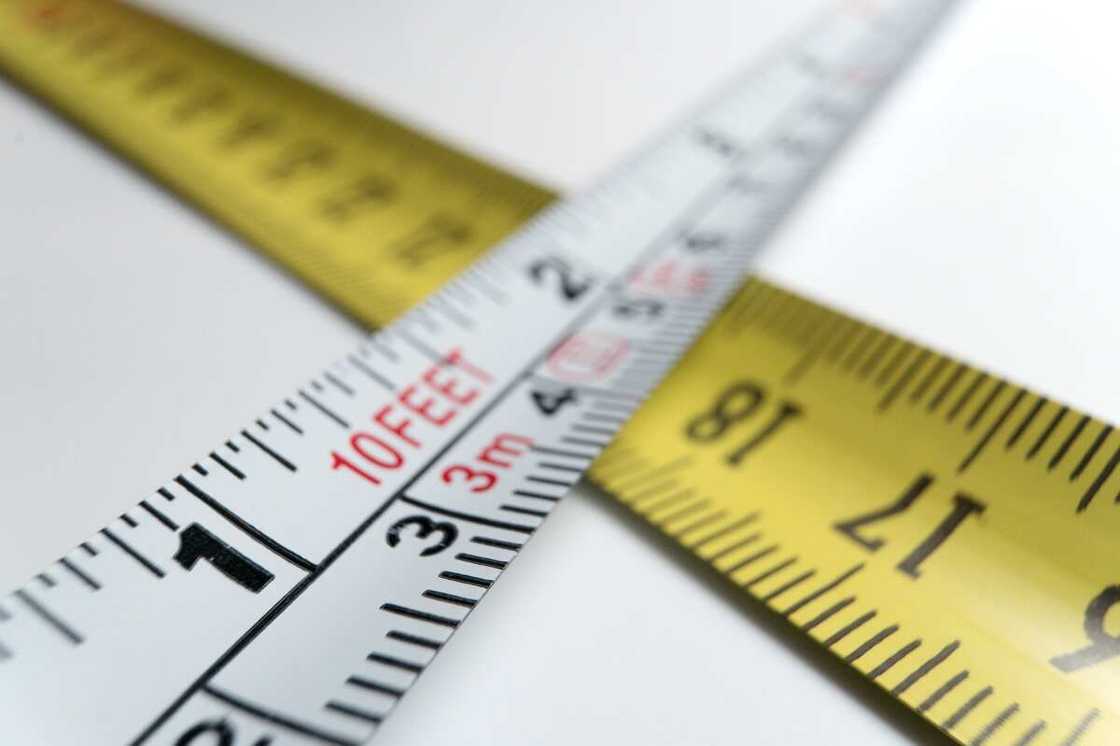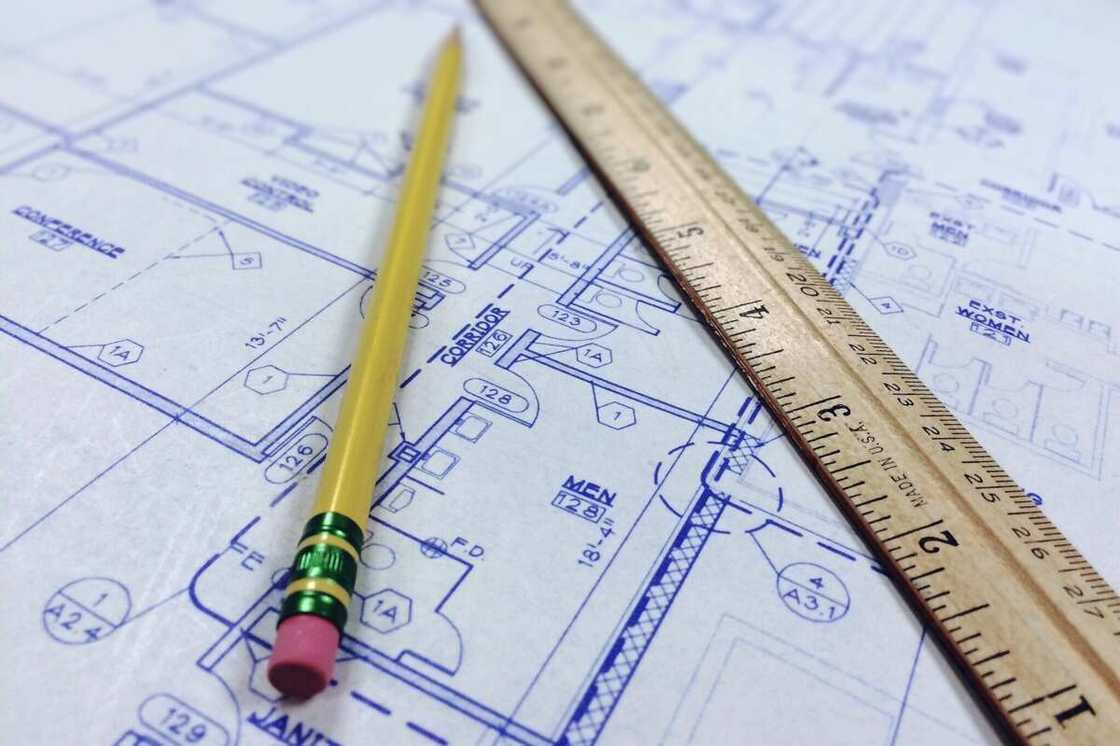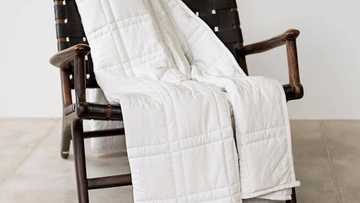How to read a ruler or a tape measure: a guide
In construction and artisanship, knowing how to read a ruler accurately determines the difference between a quality product and a substandard one. Luckily, reading a tape measure is easy and allows one to obtain the correct readings for a project. Also, if you know how to use a ruler, you have with you a great asset. However, reading a ruler can sometimes seem daunting if you do not know the basics listed below.

Source: UGC
Then again, any tool is as useful as the person using it. The saying might seem old fashioned, but its truth applies to the science of ruler measurements. In this post, we look at the essentials of how to read measuring tapes. First, let us begin with the essentials of making ruler measurements.
Marking designations
Tape measures are of two types: imperial units and metric units. Each type offers a set of measurements for accuracy. Other types of rulers feature markings for truss lengths and stud intervals.
How to read a ruler
First, obtain a tape measure in imperial units. You might ask what the lines on a ruler mean. Typically, imperial rulers have prominent tape symbols denoting measurement values. The long thin lines and large numbers represent one-inch marks on a ruler. Are you wondering what do the symbols on a tape measure mean?

Source: UGC
Here is how to read a measuring tape in inches and centimeters
Prominent numbered markings represent measurement values on a ruler. For every 12 inches on a ruler, there is a foot marking made using a different colour (often red). This colour contrasts from the other markings made in black. After the foot marking, the numbers keep repeating or increasings. However, this aspect varies widely between tape measures.
Note that lines next to tape measure marks represent an inch and not the value visible on the mark. Besides that, be sure to read tape measures from left to right. So, always align the object you need to measure with the zero point aligned on the left side of your ruler.
Conspicuous marks between two-inch markings denote a half inch and are located halfway between two one-inch marks. Every inch has a half-inch mark that divides it into two halves.
- Note that not all symbols on a tape have numbered labels beginning with half-inch marks. For example, the half-inch mark appearing between inch 2 and 3 represents 2 ½ inches, even if it lacks a label.

Source: UGC
Smaller markings appearing inside a half inch represent quarter inches. These appear after half-inch markings and are smaller and shorter than the half inch but bigger than lines packed after them. What is more, quarter inch markings are spaced evenly between inch symbols and half-inch symbols.
- Caveat! Tape measures have similar sized quarter and eight quarter markings. So, how do you tell a quarter inch on these rulers? Count two eight-inch markings to arrive at the quarter inch length.
Markings that are smaller than quarter inch symbols indicate one-eighth inch markings. Usually, they occur between an inch's symbols as well as between the quarter inch mark and the half-inch mark. In addition, these markings repeat along a tape measure or ruler. Every value has eight one-eighth markings.
Often, rulers have tiny but densely packed symbols representing a sixteenth of an inch. These are the shortest of symbols found on measuring tapes. Each value has 16 of these markings. Four sixteenth inch point occur in a quarter inch.
- For higher accuracy, rulers may have one thirty-second and one sixty-four inch markings. With these instruments, all you need to do is use the same formula described above to make accurate measurements.
Use the above tips as guidelines on how to read a tape measure in inches.
READ ALSO: How to yarn over in knitting: a step-by-step guide
How to read a ruler in metric units

Source: UGC
On the metric system, prominent tape measure markings represent centimeters and have large lines and number labels.
Tape measures longer than one meter have a unique label. Similar to the imperial system, a different color denotes the meter length. After every meter length, centimeters markings repeat from zero or increase accordingly. However, this differs across different rulers.
Smaller markings between centimeters indicate 0.5 centimeters. On some tape measures, you will find medium-sized points representing half centimeters. Often, you will not find any label on the half-centimeter mark.
Note that the metric system depends on a base of ten, making the metric system simpler to work with than the imperial system. As a result, you can refer to measurements you make using decimals.
In the metric system, the tiny but densely packed markings are used to make millimeter readings. Each line after the centimeter marks symbolizes millimeters. Each centimeter has ten millimeters equal to a thousandth of a meter.
On a ruler without 0.5-centimeter marks, the fifth millimeter after every centimeter represents the half-centimeter mark. How many feet are in a standard ruler? Standard rulers are one foot long equal to 30 centimeters or 12 inches.
Four steps on how to read a tape measure

Source: UGC
Use these steps to make tape measure reading activities easy and convenient.
- Place the end of the tape on the object you need to measure. Pull the blade to span the length you are measuring. Remember to keep the tape straight. Otherwise, you will make an inaccurate measurement.
- Make a reading on the tape. Add the lengths you obtain. For tapes with no inch or centimeter labels or markings, use the increments of an inch or centimeter to determine the measurement. However, you might need to add respective fractions when adjusting to how to read a ruler in inches.
- The point where the object lines up with the tape is the length of your measurement.
Note that if you are measuring curved or rounded objects, pinch the tape where it overlaps. In this way, you obtain an accurate reading. Typically, for measurements of this type, ribbon style tapes are desired because they have more flexibility. They can bend around or along an object's surface. In turn, this lets you determine the length or sizes of these objects.
No doubt, learning how to read a ruler is a worthwhile skill. It can save you lots of time. Although making measurements may sound too involving, with practice, it becomes easy. Also, if you see the following notations (“, ‘) after measurement values, they represent inches and feet respectively. For example, 18” means 18 inches, and 89’ means 89 feet.
READ ALSO: How to measure curtains: a step-by-step guide
Source: Legit.ng







